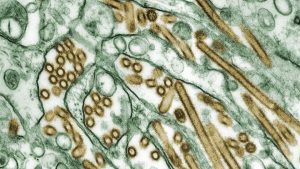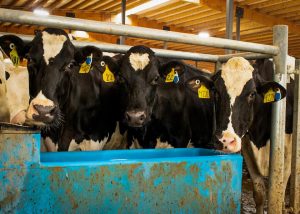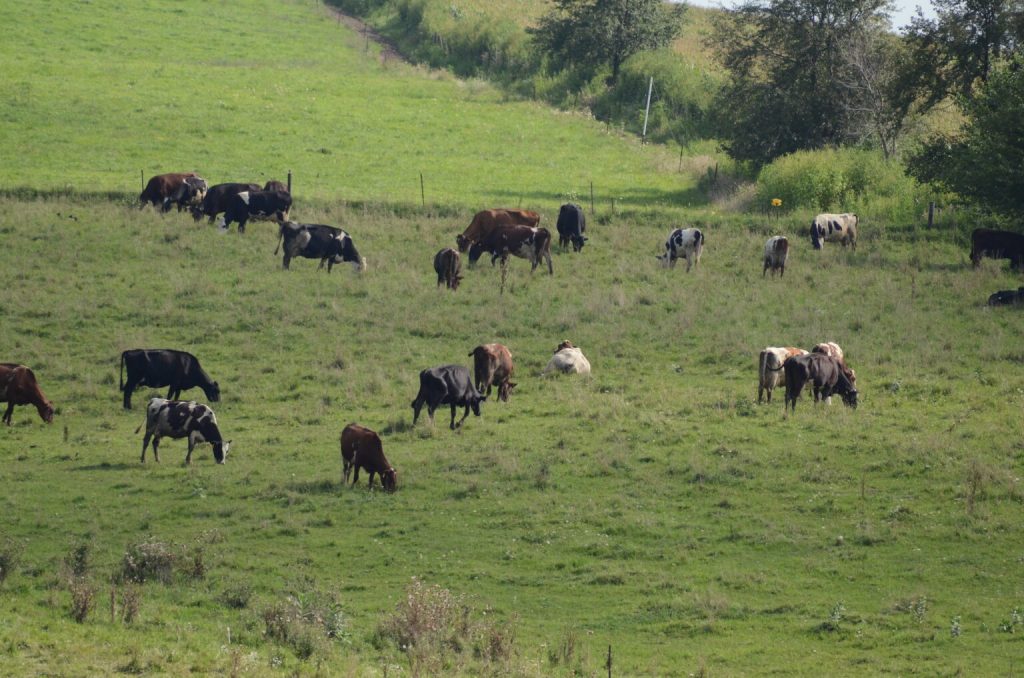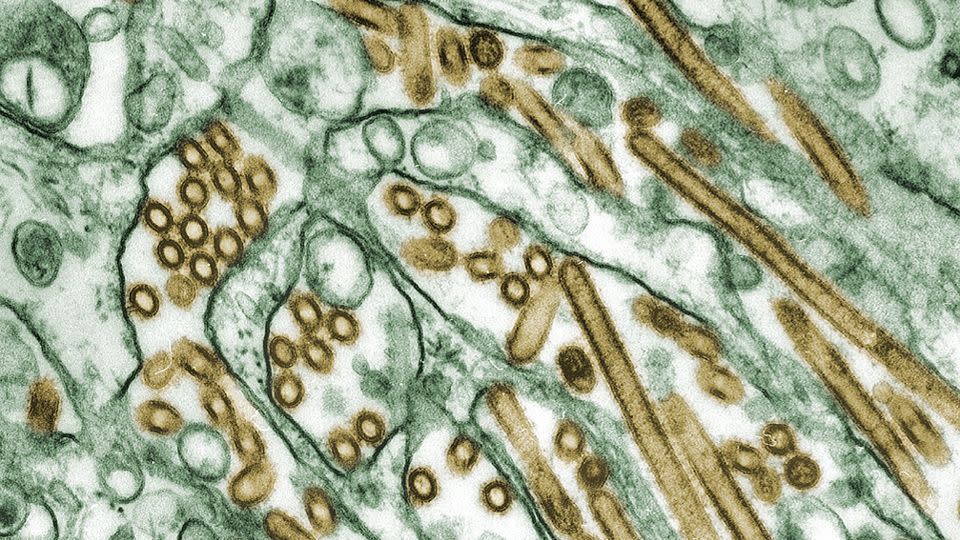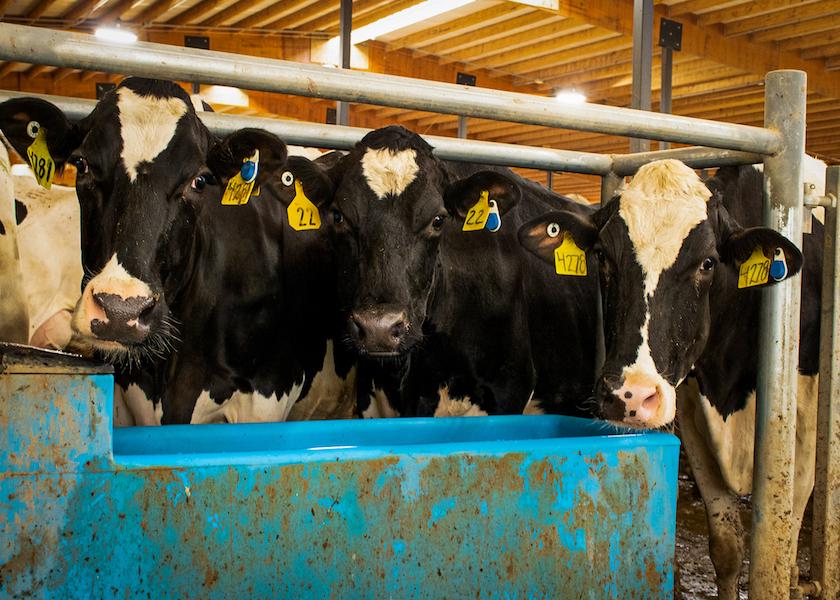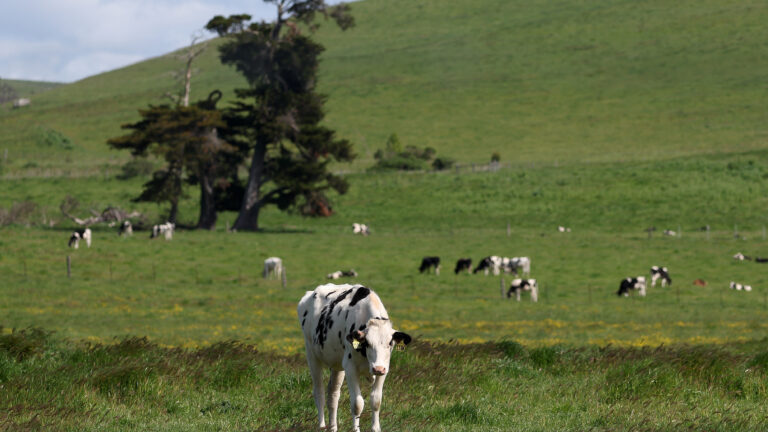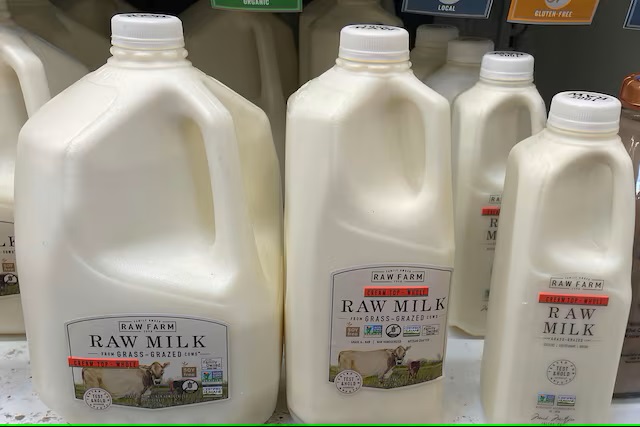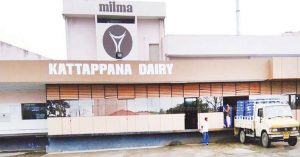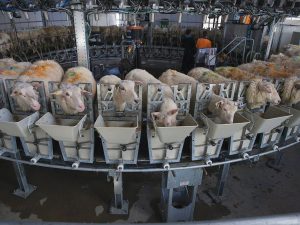Opinion: In recent weeks, the U.S. dairy industry has been hit by some troubling news – for the first time, a serious strain of avian influenza, or bird flu, was found in U.S. milking cows.
Since the outbreak started late last month, it has spread to dairy herds in eight states, including my home state of Michigan. One farm worker in Texas has also been infected, but fortunately, he is recovering. As this disease spreads, dairy farmers like me are increasingly worried about the health of our animals, the safety of our farm workers, and the outlook for our markets, especially since the industry has already suffered from extreme price volatility in recent years that has pushed thousands of farm families out of business.
The highly pathogenic H5N1 strain of avian influenza is lethal for birds, including chickens, turkeys, and wildfowl. Poultry farmers usually have to cull their entire flocks once cases are detected in order to prevent the disease from spreading. Since this particular strain of the disease started appearing in the U.S. in 2022, it has affected more than 82 million farm poultry, making it the worst bird flu outbreak in U.S. history, according to U.S. Department of Agriculture data and leading to spikes in poultry and egg prices nationwide.
So far, cases in cattle seem to have been milder – cows infected with the disease usually experience a drop in milk production and other symptoms, but there haven’t been high mortality rates in cattle similar to the poultry industry. Modern processing techniques also mean there’s no threat to food safety, as milk pasteurization kills the virus. Still, for farmers who are affected, this new outbreak is bad for business – any drop in milk output, even temporarily, can be devastating for our bottom lines.
However, perhaps the most concerning thing about this outbreak is the fact that it was so unexpected and that farmers currently have few options for treating the virus or containing its spread. If there’s one thing we learned from the COVID-19 pandemic, it’s that zoonotic diseases that jump between different animal species and humans can evolve and transmit rapidly. Currently, the USDA, state agricultural departments, industry organizations, university extension programs, and veterinarians are doing their best to keep farmers informed about the disease and the warning signs to look for. However, there is no vaccine for cattle against the H5N1 virus, and the current recommended treatment is for farmers to provide “supportive care” to infected animals, such as additional fluids, and wait for the illness to run its course.
All of this underscores the fact that farmers need better options – in particular, the U.S. needs to invest more in agricultural research and development so that we’re prepared to monitor, treat, and contain crop and livestock diseases when they arise. Unfortunately, this is an area where the U.S. is falling behind. According to the USDA, public funding for agricultural R&D has declined by more than 30 percent in real dollars over the past two decades while support for other forms of research increased, leaving our food and agricultural systems vulnerable to shocks.
Publicly funded agricultural research – often conducted through grant programs like the USDA’s Agriculture and Food Research Initiative (AFRI) and taking place at universities, government facilities, and international organizations such as CGIAR – is vital for tackling challenges that may not be addressed by private-sector investment. This can include research into areas that benefit society broadly but may not have clear financial returns for companies, such as research into animal health and diseases, food safety, environmental issues, and global food and nutrition security. Because agricultural R&D has multiple benefits, funding in this area has an extremely high return on investment – the USDA estimates that it returns $20 for every $1 spent.
Congress is currently working on the next Farm Bill, making it an opportune time to act. A recent report from the Farm Journal Foundation outlined how Congress could prioritize agricultural R&D in the Farm Bill, including by increasing funding for USDA research and statistical agencies and providing strong support to the Foundation for Food and Agriculture Research (FFAR), a public-private partnership that matches federal funds with outside investments. To date, FFAR has matched every $1 in federal funding for research with $1.40 in other investments, often from the private sector.
Dairy farmers remain anxious about how this bird flu issue will be resolved. However, even if this particular disease strain doesn’t become more serious, there will be other threats like it in the future. The best way to remain one step ahead of potential risks is to invest heavily in innovation. For too long, the U.S. has taken its global leadership position in agriculture for granted and left too many agricultural research programs underfunded. Congress could use the appropriations process, the Farm Bill, or other legislation to help reverse this trend – enabling the nation’s best scientists to equip farmers with tools to protect human and animal health, maintain strong rural livelihoods, and produce safe, affordable food supplies for consumers.
Ken Nobis is a dairy farmer from St. Johns, Michigan, and a Farmer Ambassador with the Farm Journal Foundation.
You can now read the most important #news on #eDairyNews #Whatsapp channels!!!
🇺🇸 eDairy News INGLÊS: https://whatsapp.com/channel/0029VaKsjzGDTkJyIN6hcP1K


